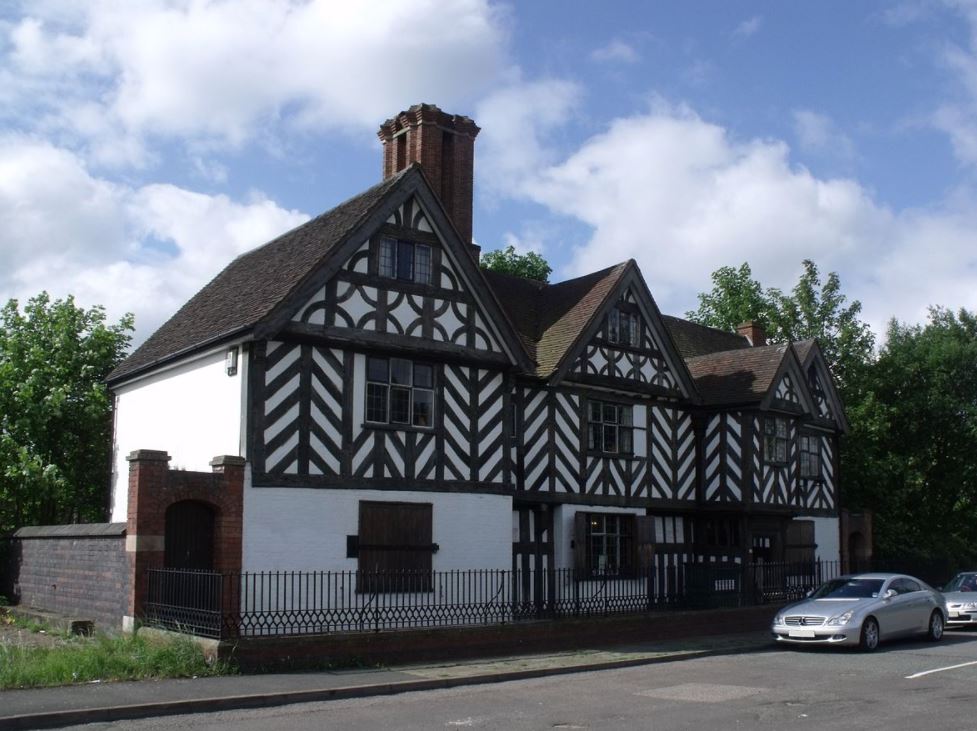Yes, you can. The question is, why would you want to do this? If the house hasn’t been damaged by subsidence, it may be cheaper to repair the original damage rather than go through all the expensive hoops that come with underpinning to have a new mortgage in place. Again, you’ll probably be better off just selling it for the best price on the open market anyway.
With everything else being equal, a mortgage is usually taken out before any work is done to repair or underpin a property’s foundations. However, once repairs are complete and a surveyor has confirmed the property is secure, you should be able to get a mortgage, and you shouldn’t have any difficulty selling the house again.
Get answers to your questions by checking out expat mortgages.
Cost of Underpinning a House
If the repairs are extensive or expensive, then getting a new mortgage may not be worth it. The cost of underpinning can vary depending on how big the house is, how much building work needs to be done and how long it’s expected to take. It can also differ depending on whether a contractor is doing the work or if the owner is paying for underpinning themselves. Another unknown factor would be whether you have a cover that will payout in case of subsidence. This would affect any claims against your insurance policy, which may increase the amount of money you are entitled to.
For an idea of costs, if a house has been damaged by subsidence, then a typical quote that an owner may expect to pay for the work will be around $1,000 per 100mm of movement in the property’s base. This is based on typical rates from quotes given by contractors who do this type of work.
Available Options
Many mortgage lenders also have many other products on offer, and it may not always be in their best interest to lend money on a property that has already been underpinned. A decision made by the lender will normally take into account things like how much extra a borrower would need to pay per month if they took out a new mortgage compared to how much the borrower was currently paying for their current mortgage.
If a house has been damaged by subsidence and needs underpinning, then there are three main ways a borrower can go about handling things:
1. Repair and Keep the Existing Mortgage
The first option would be to repair and keep the existing mortgage. Before considering this, you must receive independent legal advice about your rights in case of subsidence, especially if you are to continue living in the property while the repairs are being made. You should also take advice from your mortgage lender to ensure that they will still be prepared to lend on the property after the work is complete.
Keeping the existing mortgage means you will have two loans on a property, and you may end up paying less in monthly repayments than you would with a new mortgage from another lender. It’s also important to consider how much of a difference this will make when it comes to the sale price of your property. If you have a mortgage on the property that hasn’t been underpinned, then you may need to offer a discount just so that potential buyers can take out new mortgages on the property and pay them off in full over time. If you are still in this position when trying to sell the property, it could affect your sale price because of the extra credit risk involved.
2. Sell the Property to Secure a New Mortgage
If you decide that selling a house is the best way forward, there are two available options. You can either sell to someone who is willing to take on your existing mortgage, or you can sell privately and find someone who will give you a loan on the property. If selling to someone else, then there should be no problem taking out a new mortgage on your property because anyone buying from you will have their financial investments in place.
The main downside is that you could lose money if the total cost of repairs is more than what they are willing to pay for your property. If you decide to sell your home privately, then you could try to raise the money yourself. If you opt for this option, it is important to consider how much interest payments will be and the total cost of getting work done before going ahead with any plans to save money by doing things independently.
3. Obtain a Financial Investment From Elsewhere and Have the Repairs Done Independently of a Mortgage
Another option would be to get financial investment from elsewhere and have the repairs done independently of a mortgage. If you decide to go this way, it may be possible to arrange for someone else to lend you money and then take out a new mortgage on your property after the work is complete.
This is probably the best option because there are so many different lenders on offer now that they will probably tailor a deal to suit your individual needs and requirements. You may be able to get a better mortgage rate in the future when other lenders see how much equity you have built up on your property since it has been repaired.

